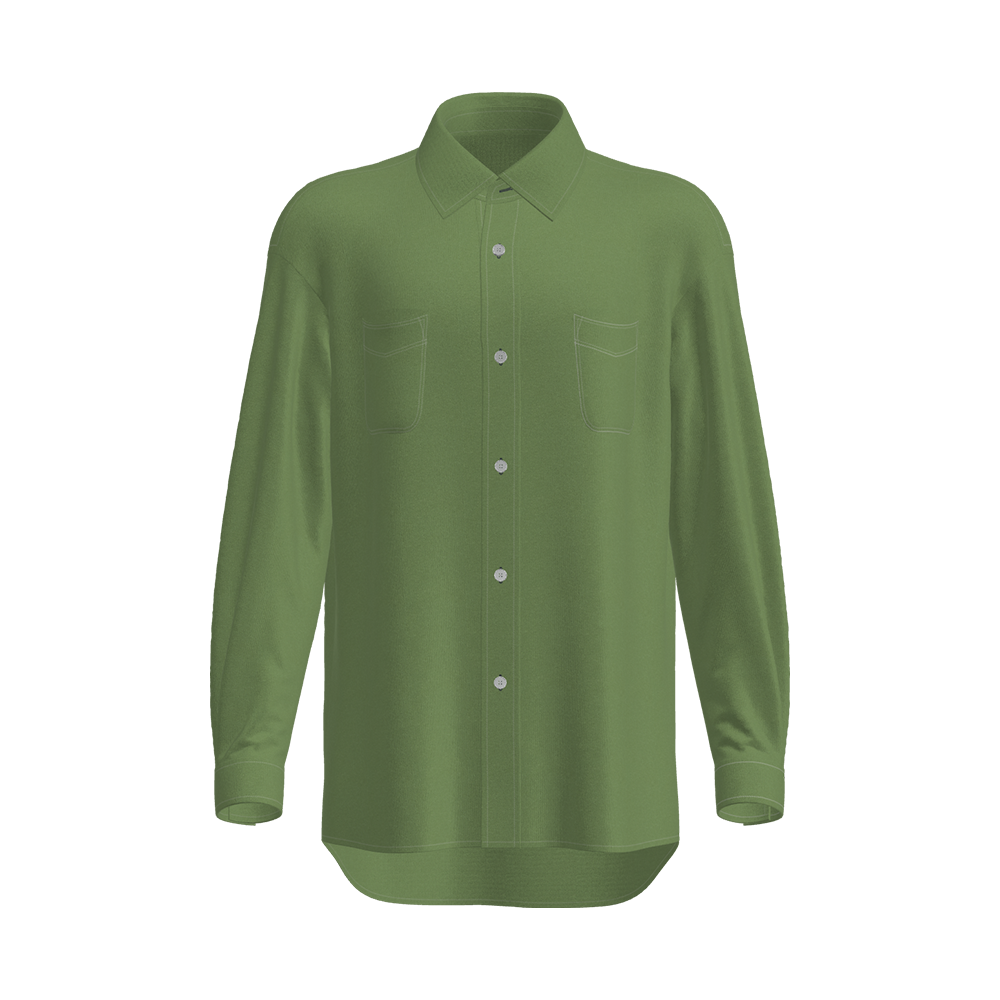
How does t moisture wicking single jersey compare to regular cotton fabric?
The choice between t moisture wicking single jersey and regular cotton fabric depends on performance needs, comfort, and application. While cotton has long been a staple for everyday wear, t moisture wicking single jersey is engineered for active lifestyles, making it a preferred choice in sportswear and performance apparel.
Moisture management and breathability
The key advantage of t moisture wicking single jersey is its ability to pull sweat away from the skin and disperse it across the fabric’s surface for quick evaporation. this is achieved through specialized knitting techniques and fiber treatments that enhance capillary action. In contrast, regular cotton absorbs moisture but retains it, leading to a damp, heavy feel during prolonged wear. This makes cotton less ideal for high-intensity activities where sweat accumulation can cause discomfort.
Comfort and wearability
While cotton is praised for its softness and natural feel, t moisture wicking single jersey offers a different kind of comfort—lightweight, stretchable, and non-clingy even when wet. Cotton’s tendency to stick to the skin when sweaty can be a drawback in athletic settings. However, for casual, low-movement scenarios, cotton’s breathability and familiarity often make it the preferred choice.
Durability and maintenance
T moisture wicking single jersey is typically made from synthetic or blended fibers, giving it greater resistance to wear, pilling, and deformation compared to cotton. Cotton, while durable in its own right, is prone to shrinking and losing shape over time, especially with frequent washing. moisture-wicking fabrics also tend to dry faster, reducing the risk of odor retention and microbial growth.
Thermal regulation and seasonal suitability
Cotton provides good insulation in cool, dry conditions but can feel stifling in humid environments due to its moisture retention. T moisture wicking single jersey, on the other hand, regulates temperature more effectively by keeping the skin dry, making it suitable for both warm and moderately cool climates. This adaptability is why it’s widely used in layered athletic wear.
Environmental and practical considerations
Cotton is a natural, biodegradable material, but its water-intensive production raises sustainability concerns. T moisture wicking single jersey, often made from recycled synthetics, addresses some environmental issues but depends on manufacturing practices. From a practical standpoint, moisture-wicking fabrics require less frequent washing, which can extend garment life and reduce water usage.
Applications and user preferences
The table below summarizes typical use cases for each fabric:
| Fabric type | best for | limitations |
|---|---|---|
| T moisture wicking single jersey | activewear, sportswear, base layers | less natural feel, synthetic origins |
| Regular cotton | casual wear, loungewear, light use | poor sweat management, slow drying |
The decision between t moisture wicking single jersey and regular cotton hinges on intended use and performance demands. For active pursuits and moisture control, the engineered properties of moisture-wicking fabric are superior. For everyday comfort and natural aesthetics, cotton remains a timeless option. Advancements in textile technology continue to blur the lines between these materials, offering hybrids that combine the best of both worlds.
LATEST POST
Let’s create something amazing together
contact usDon't hesitate to contact when you need us!



 English
English 한국어
한국어 中文简体
中文简体

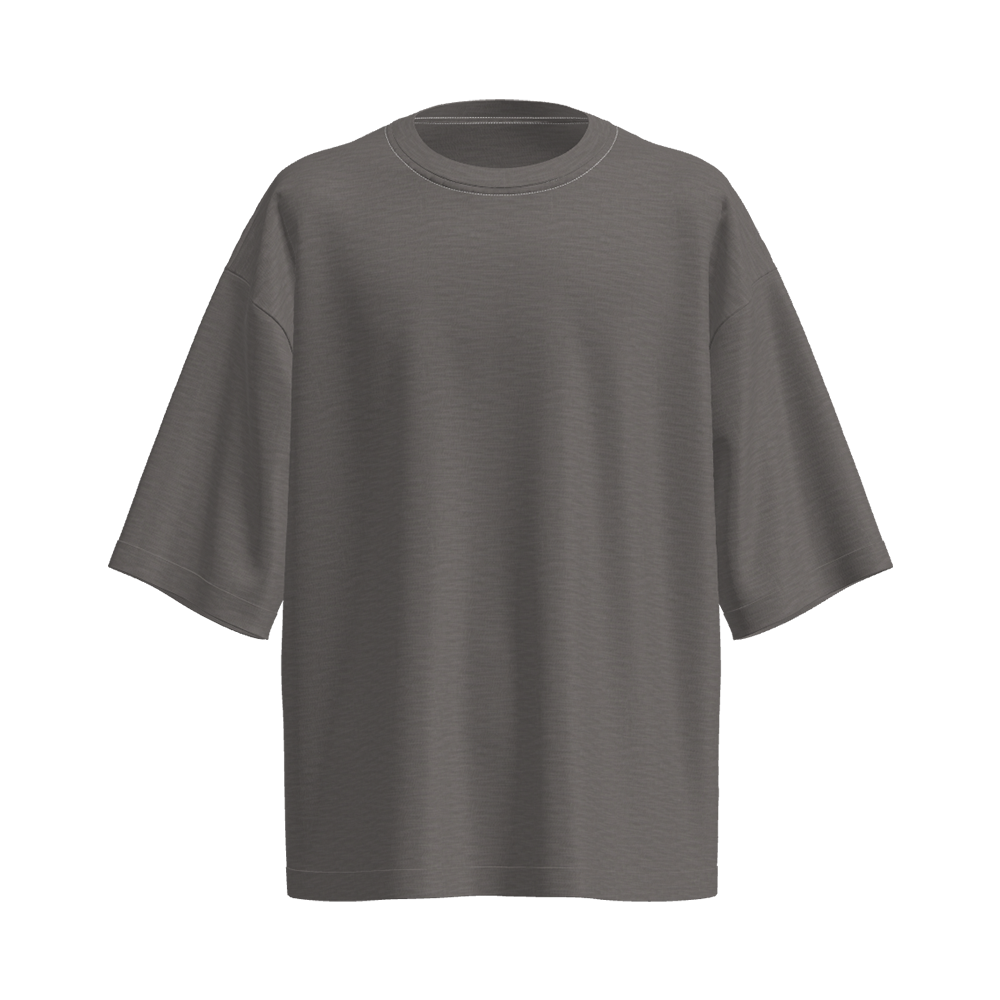
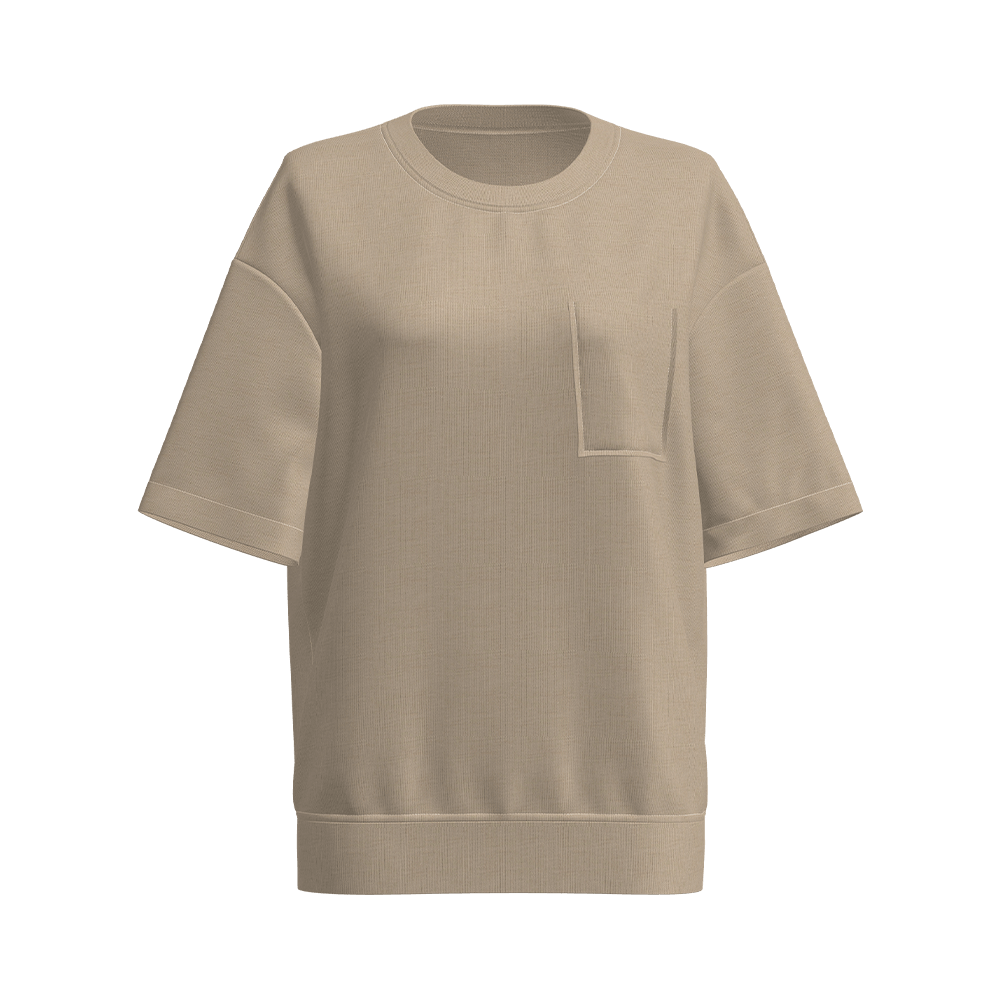
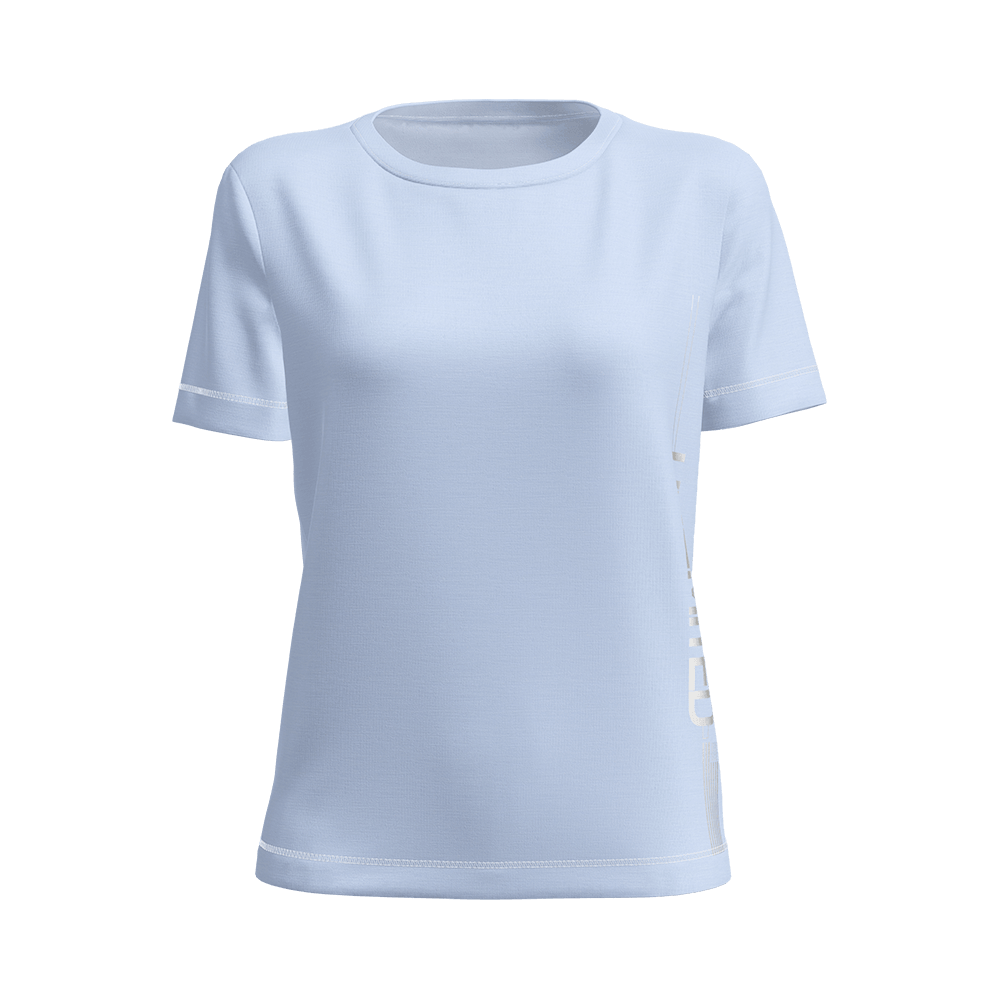

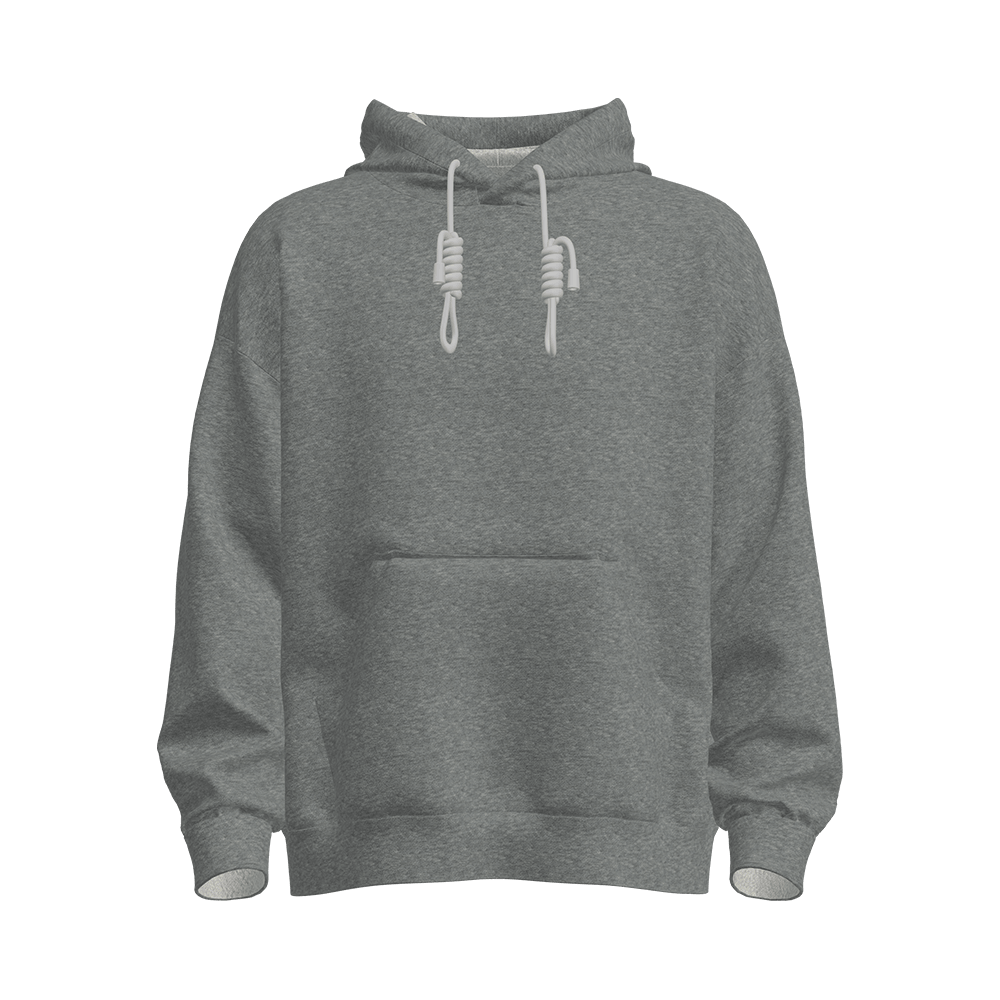
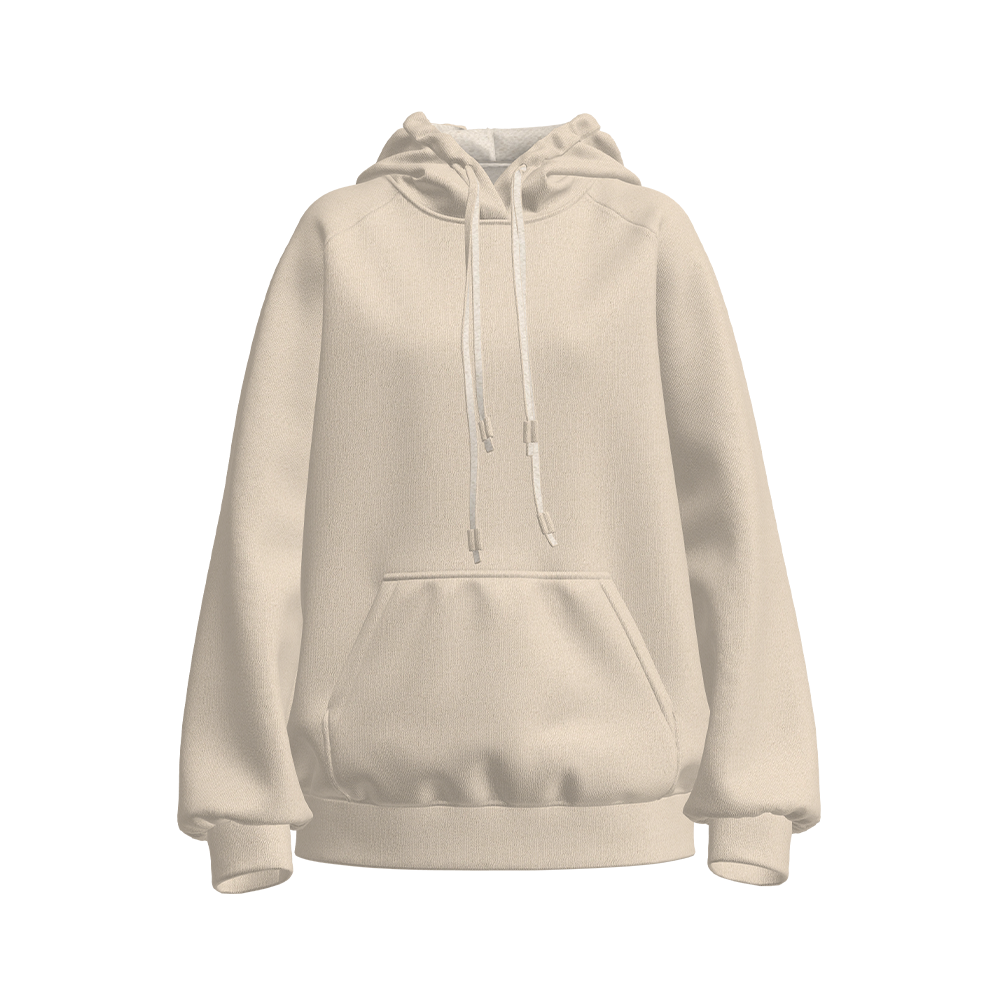


 +86-512-52528088
+86-512-52528088 +86-512-14546515
+86-512-14546515

